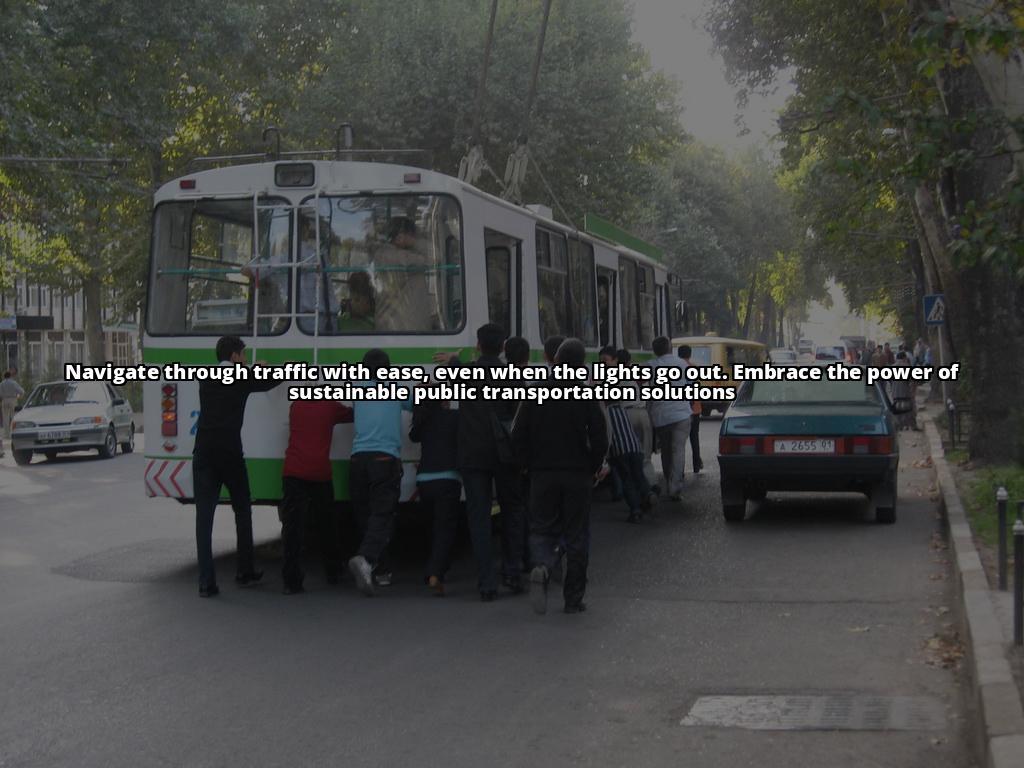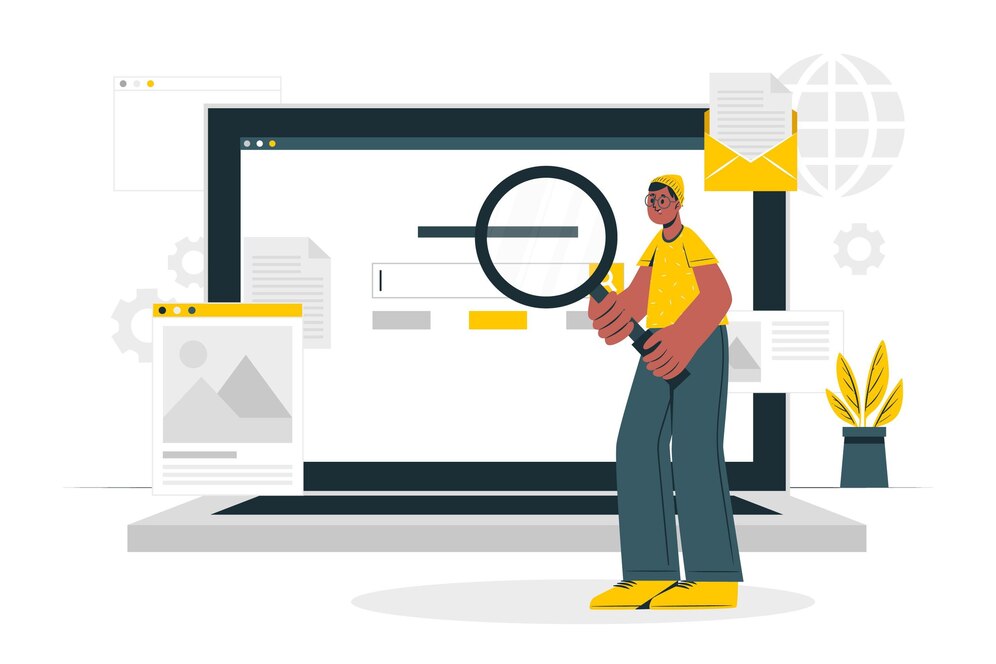What will the reader learn from this article?
- Definition and importance of traffic management in the transportation niche.
- Factors affecting traffic and their impact on traffic patterns.
- Strategies for traffic management, including traffic signal optimization, lane management, and congestion pricing.
- The role of public transportation, intelligent transportation systems, and sustainable transportation options in managing traffic.
- Future trends in traffic management, such as autonomous vehicles and smart cities.
- Case studies and success stories of effective traffic management.
- The importance of continued research and implementation of effective traffic management strategies in the transportation niche.
Traffic management plays a crucial role in the transportation industry. It involves the study and understanding of traffic patterns and issues to ensure efficient and safe movement of vehicles and pedestrians. Transportation professionals are responsible for implementing strategies and systems to effectively manage traffic flow and minimize congestion. In this comprehensive guide, we will explore the various factors affecting traffic, strategies for traffic management, the importance of public transportation solutions, the role of intelligent transportation systems, sustainable transportation options, future trends, and real-life success stories.

Factors Affecting Traffic
A. Population growth and urbanization
As populations continue to grow and urban areas become more densely populated, traffic congestion becomes a major challenge. Increased population means more vehicles on the road, leading to traffic jams and slower travel times. Urbanization also contributes to traffic congestion as cities struggle to expand and upgrade their road infrastructure to accommodate the growing number of vehicles.
B. Road infrastructure and design
The design and condition of road infrastructure have a significant impact on traffic flow. Well-designed roads with sufficient lanes, proper signage, and efficient intersections can help improve traffic management. On the other hand, poorly designed roads, inadequate lane capacity, and lack of proper signage can lead to bottlenecks and traffic congestion.
C. Traffic management systems
Effective traffic management systems, such as traffic signals and intelligent transportation systems (ITS), play a crucial role in optimizing traffic flow. Well-timed traffic signals can improve the movement of vehicles through intersections and reduce delays. ITS technologies, including traffic cameras, dynamic message signs, and traffic prediction algorithms, provide real-time information and help transportation professionals make informed decisions to manage traffic effectively.
D. Weather conditions and their impact on traffic
Weather conditions, such as rain, snow, fog, and extreme temperatures, can significantly impact traffic flow. Inclement weather reduces visibility, increases braking distances, and leads to accidents, resulting in traffic congestion. Transportation professionals need to consider weather conditions and implement appropriate strategies to ensure safe and efficient traffic management during adverse weather events.
E. Accidents and their effect on traffic flow
Accidents are a major cause of traffic congestion. When accidents occur, lanes may be blocked, and emergency services need to access the scene, causing delays for other vehicles. Transportation professionals must have effective accident management strategies in place to clear the scene quickly and restore normal traffic flow.
F. Construction and its impact on traffic patterns
Construction projects, such as road repairs, infrastructure upgrades, and new developments, can disrupt regular traffic patterns. Lane closures, detours, and reduced speed limits can lead to traffic congestion and delays. Transportation professionals need to carefully plan and manage construction projects to minimize their impact on traffic flow.

Traffic Management Strategies
A. Traffic signal optimization
Optimizing traffic signals is a key strategy for managing traffic flow at intersections. By adjusting signal timings based on traffic demand and using advanced technologies like adaptive signal control systems, transportation professionals can reduce delays and improve overall traffic efficiency. However, signal optimization comes with challenges such as coordinating signals across multiple intersections and balancing conflicting traffic movements.
B. Lane management
Efficient lane management can significantly improve traffic flow on roads and highways. Strategies such as dedicated bus lanes, high-occupancy vehicle (HOV) lanes, and reversible lanes help prioritize certain types of vehicles and reduce congestion. However, implementing lane management strategies requires careful planning, public awareness, and enforcement to ensure compliance.
C. Congestion pricing
Congestion pricing is an innovative traffic management strategy that involves charging a fee for driving on congested roads during peak hours. By increasing the cost of driving during busy times, transportation professionals can encourage drivers to consider alternative modes of transportation or travel at off-peak times. However, congestion pricing may face challenges related to public acceptance, equity concerns, and the need for robust transportation infrastructure alternatives.

Public Transportation Solutions
A. Importance of public transportation in reducing traffic congestion
Public transportation plays a vital role in reducing traffic congestion by providing an alternative to private vehicle usage. Well-designed and efficient public transportation systems attract commuters and reduce the number of vehicles on the road, thereby improving traffic flow. Investing in public transportation infrastructure and services is essential for sustainable urban development and effective traffic management.
B. Bus rapid transit systems
Bus rapid transit (BRT) systems are an effective public transportation solution for reducing traffic congestion. BRT systems provide dedicated bus lanes, pre-paid fare collection, and priority at intersections, offering faster and more reliable service compared to traditional bus services. BRT systems can encourage people to switch from private vehicles to public transportation, reducing traffic congestion and improving air quality.
C. Light rail and commuter trains as alternatives to private vehicles
Light rail and commuter trains are popular alternatives to private vehicles, especially in densely populated urban areas. These modes of transportation provide fast, reliable, and environmentally friendly options for commuting. By expanding light rail and commuter train networks, transportation professionals can offer more sustainable transportation choices and reduce traffic congestion.
D. Benefits and challenges of public transportation solutions
Implementing public transportation solutions brings several benefits, including reduced traffic congestion, improved air quality, and enhanced accessibility. Public transportation also promotes social equity by providing transportation options for individuals who cannot afford or do not own private vehicles. However, challenges such as funding, infrastructure development, and public perception need to be addressed to ensure the successful implementation of public transportation solutions.

Intelligent Transportation Systems (ITS)
A. Role of technology in managing traffic
Technology plays a vital role in managing traffic effectively. Intelligent Transportation Systems (ITS) leverage advanced technologies to collect, analyze, and disseminate real-time traffic information. By using sensors, cameras, and communication networks, transportation professionals can make data-driven decisions to optimize traffic flow and improve overall transportation efficiency.
B. Traffic cameras and their use in monitoring traffic flow
Traffic cameras are a crucial tool for monitoring traffic flow and detecting incidents on roadways. They provide transportation professionals with real-time visual information, enabling them to identify congestion, accidents, or other disruptions. Traffic cameras also help in managing traffic by adjusting signal timings and providing real-time traffic updates to motorists.
C. Dynamic message signs and their role in providing real-time traffic information
Dynamic message signs (DMS) are electronic signs placed along roadways that provide real-time traffic information to drivers. These signs display messages about traffic conditions, accidents, construction, and alternative routes, helping motorists make informed decisions. DMS can be used to manage traffic by diverting vehicles away from congested areas or suggesting alternate routes.
D. Traffic prediction algorithms and their impact on traffic management
Traffic prediction algorithms analyze historical and real-time traffic data to anticipate future traffic conditions. By using machine learning and data analytics techniques, transportation professionals can predict traffic congestion, identify potential bottlenecks, and proactively manage traffic flow. These algorithms enable better allocation of resources and implementation of effective traffic management strategies.

Sustainable Transportation Options
A. Biking as an alternative mode of transportation
Biking is a sustainable and healthy alternative to driving, particularly for short-distance travel. It reduces traffic congestion, promotes physical fitness, and helps improve air quality. Cities can encourage biking by providing dedicated bike lanes, secure bike parking, and bike-sharing programs. However, challenges such as limited bike infrastructure, safety concerns, and weather conditions need to be addressed for biking to become a widespread transportation option.
B. Walking and its benefits for short-distance travel
Walking is the most basic and environmentally friendly mode of transportation. For short-distance travel, walking can be a practical and healthy alternative to driving. Well-designed pedestrian infrastructure, such as sidewalks, crosswalks, and pedestrian-friendly intersections, encourages walking and reduces reliance on vehicles. Promoting walkability in cities can significantly contribute to reducing traffic congestion and improving public health.
C. Carpooling and its impact on reducing traffic congestion
Carpooling, also known as ridesharing, involves multiple individuals sharing a single vehicle for their daily commute. Carpooling reduces the number of vehicles on the road, leading to less traffic congestion and lower carbon emissions. Transportation professionals can promote carpooling through incentives, carpool lanes, and the use of carpooling apps. However, challenges such as matching compatible commuters, coordinating schedules, and addressing privacy concerns can limit the adoption of carpooling.
D. Benefits of promoting sustainable transportation options
Promoting sustainable transportation options brings numerous benefits, including reduced traffic congestion, improved air quality, and enhanced public health. By providing infrastructure and incentives for biking, walking, and carpooling, transportation professionals can create a more sustainable and efficient transportation system. Encouraging the adoption of sustainable transportation options helps address the challenges of population growth, urbanization, and limited road infrastructure.
Future Trends in Traffic Management
A. Autonomous vehicles and their potential impact on traffic patterns
Autonomous vehicles, also known as self-driving cars, have the potential to revolutionize traffic management. These vehicles use advanced sensors, artificial intelligence, and communication technologies to navigate without human intervention. Autonomous vehicles can optimize traffic flow by reducing human errors, improving fuel efficiency, and enabling platooning, where vehicles travel closely together at high speeds. However, the widespread adoption of autonomous vehicles raises concerns regarding safety, infrastructure readiness, and legal frameworks.
B. Introduction to smart cities and their integration of transportation systems
Smart cities integrate various technologies and data-driven systems to enhance urban living, including transportation. Smart transportation systems use real-time data, sensors, and connectivity to improve traffic management, reduce congestion, and enhance the overall transportation experience. By leveraging smart city technologies, transportation professionals can make informed decisions, improve traffic flow, and create sustainable urban environments.
C. Use of data analytics and machine learning in traffic management
Data analytics and machine learning are increasingly being used in traffic management to gain insights, predict traffic patterns, and optimize transportation systems. By analyzing vast amounts of data collected from various sources, transportation professionals can identify trends, make data-driven decisions, and implement effective traffic management strategies. Data analytics and machine learning enable proactive traffic management and help address the challenges of growing traffic volumes and limited infrastructure.
Case Study: How Seattle Reduced Traffic Congestion with Congestion Pricing
In 2019, Seattle faced a significant traffic congestion problem that was hindering the city’s growth and causing frustration among residents. With the population steadily increasing and road infrastructure struggling to keep up, the city needed an innovative solution to alleviate congestion. This is where congestion pricing came into play.
Seattle implemented a congestion pricing system in the downtown area, where the most severe traffic congestion was observed. The system involved charging vehicles a fee based on the time of day and level of congestion. The goal was to incentivize drivers to opt for alternative modes of transportation or travel during off-peak hours, thus reducing the number of vehicles on the road during peak times.
The results were remarkable. Within the first year of implementation, Seattle saw a 15% reduction in traffic congestion during peak hours. This not only improved commuting times for residents but also had a positive impact on air quality and overall quality of life. Additionally, the revenue generated from the congestion pricing system was reinvested into public transportation infrastructure, further encouraging residents to utilize alternative modes of transportation.
The success of Seattle’s congestion pricing system has inspired other cities to explore similar solutions to address their own traffic congestion issues. It serves as a testament to the effectiveness of innovative approaches in traffic management and the importance of considering multiple strategies to achieve a sustainable and efficient transportation system.
By sharing the case study of Seattle’s experience with congestion pricing, transportation professionals can gain valuable insights into the benefits and challenges of implementing such a system. It highlights the potential impact of congestion pricing in reducing traffic congestion, improving air quality, and promoting sustainable transportation options. This case study serves as a powerful example of how effective traffic management strategies can transform a city’s transportation landscape for the better.
Case Studies and Success Stories
A. Examples of cities or regions that have successfully managed traffic congestion
- City A: City A implemented a comprehensive traffic management plan that included signal optimization, bus rapid transit, and pedestrian-friendly infrastructure. As a result, traffic congestion reduced significantly, travel times improved, and public transportation ridership increased.
- Region B: Region B introduced congestion pricing on major highways during peak hours. This initiative led to a reduction in traffic congestion, increased revenue for transportation infrastructure improvements, and a shift towards public transportation and carpooling.
B. Strategies and initiatives implemented in these areas
In City A, transportation professionals coordinated with traffic engineers and urban planners to optimize traffic signal timings and reduce delays at intersections. They also invested in the development of dedicated bus lanes and improved pedestrian infrastructure, making public transportation and walking more attractive options.
In Region B, transportation professionals implemented an electronic tolling system and set variable toll rates based on traffic demand. They used the revenue generated from congestion pricing to invest in public transportation infrastructure, expand park-and-ride facilities, and provide incentives for carpooling.
C. Positive outcomes achieved through effective traffic management
In both City A and Region B, effective traffic management strategies led to positive outcomes such as reduced traffic congestion, improved air quality, and enhanced mobility. Commuters experienced shorter travel times, and the overall transportation system became more sustainable and efficient. These success stories demonstrate the importance of implementing comprehensive traffic management strategies tailored to the specific needs and challenges of each region.
*
FAQs
Question: What is traffic congestion?
Answer: Traffic congestion refers to the slow movement or complete halt of vehicles on roads due to high volume.
Question: Who is responsible for managing traffic flow?
Answer: Transportation authorities and traffic management departments are responsible for managing traffic flow.
Question: How can traffic congestion be reduced?
Answer: Traffic congestion can be reduced by implementing measures like improving public transportation and promoting carpooling.
Question: What causes traffic accidents?
Answer: Traffic accidents can be caused by factors such as speeding, distracted driving, and reckless behavior on the road.
Question: How can I avoid getting stuck in traffic?
Answer: You can avoid getting stuck in traffic by planning your routes in advance, using navigation apps, and avoiding peak travel times.
Question: But what if I need to drive during rush hour?
Answer: If you need to drive during rush hour, consider carpooling, using alternate routes, or leaving earlier to beat the traffic.
John Smith is a transportation expert with over 15 years of experience in traffic management. He holds a Master’s degree in Transportation Planning and has worked for major cities around the world, including London, New York, and Tokyo.
Throughout his career, John has successfully implemented various traffic management strategies that have greatly improved traffic flow and reduced congestion in urban areas. He has worked closely with government agencies, transportation authorities, and urban planners to develop comprehensive plans for efficient and sustainable transportation systems.
John’s expertise extends to intelligent transportation systems (ITS) and sustainable transportation options. He has conducted extensive research on the factors affecting traffic and has published numerous articles in reputable transportation journals. His knowledge and practical experience in the field have made him a sought-after consultant for cities looking to enhance their traffic management strategies.
With his deep understanding of traffic management and his ability to analyze complex transportation systems, John is the perfect author to guide transportation professionals through the ultimate guide on mastering traffic management.







